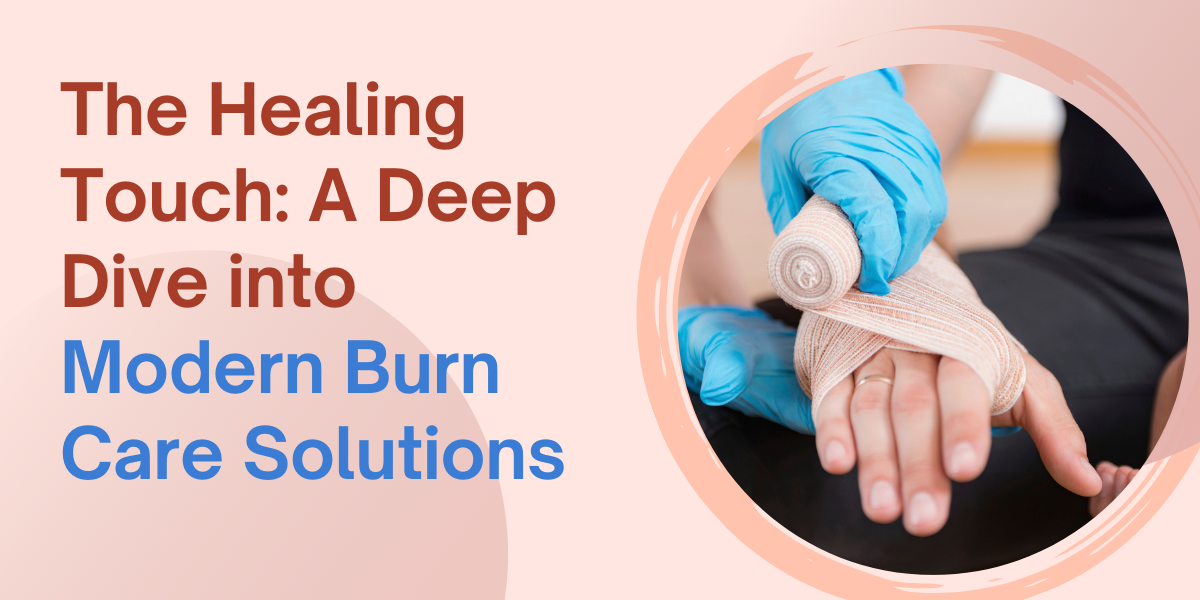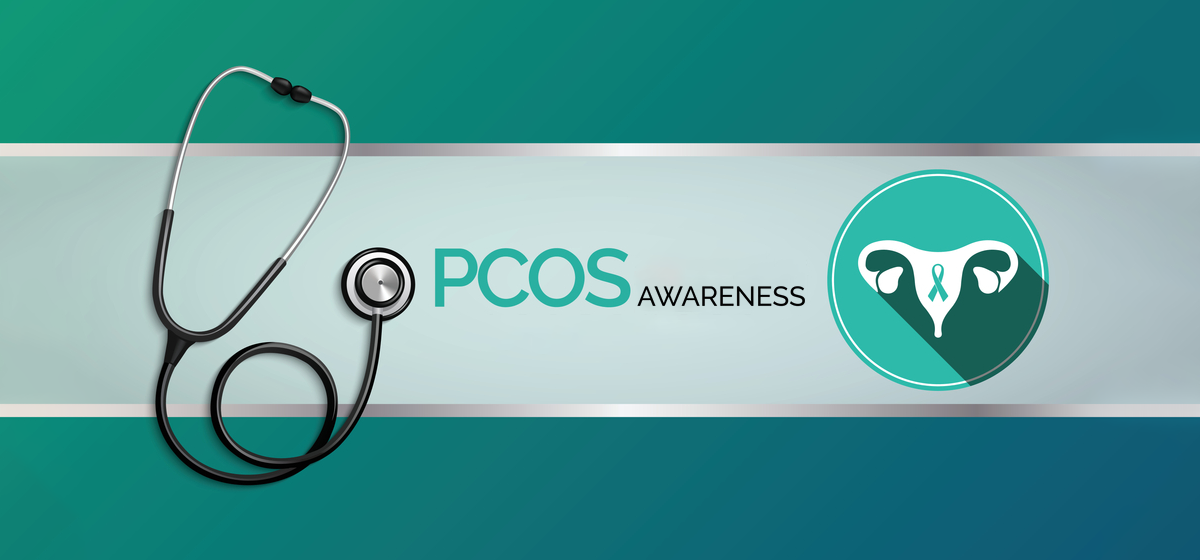Introduction:
In recent years, advancements in medical science have led to remarkable progress in the field of burn care. These breakthroughs have transformed the way we approach the treatment and management of burn injuries, offering new hope and improved outcomes for patients. In this article, we will take a comprehensive look at the latest developments in modern burn care solutions, exploring their impact on patient care and recovery.
Understanding Burn Injuries:
Before delving into the latest advancements, it is essential to understand the nature of burn injuries. Burns can result from a variety of sources, including fire, hot liquids, chemicals, electricity, and even exposure to the sun. The severity of a burn is determined by its depth and extent, with more severe burns posing a greater risk of complications and long-term effects.
Evolution of Burn Care:
Historically, the treatment of burn injuries has been a complex and challenging endeavor. Early methods focused on basic wound care and infection prevention, often leading to prolonged hospital stays and high rates of morbidity and mortality. However, as our understanding of burn physiology and wound healing has advanced, so too have our treatment options.
Advanced Wound Care:
One of the most significant advancements in modern burn care is the development of advanced wound care products and techniques. These innovations aim to promote faster healing, reduce scarring, and minimize the risk of infection. For example, the use of specialized dressings, such as hydrogels (e.g., Aquacel Ag) and silver-impregnated dressings (e.g., Acticoat), has been shown to enhance wound healing and reduce the need for skin grafting in some cases.
Surgical Interventions:
In cases of severe burns, surgical intervention may be necessary to remove damaged tissue and restore function. Techniques such as skin grafting, where healthy skin is transplanted to the site of the burn, have been refined to improve outcomes and reduce scarring. In addition, advances in microsurgery have made it possible to reconstruct complex burn injuries with greater precision and success.
Pain Management:
Effective pain management is a crucial aspect of burn care, as burn injuries can be extremely painful. Modern approaches to pain management in burn patients focus on a combination of pharmacological and non-pharmacological interventions, tailored to the individual needs of the patient. Medications such as opioids (e.g., morphine) and non-steroidal anti-inflammatory drugs (NSAIDs) (e.g., ibuprofen) may be used to manage pain, while techniques such as distraction therapy and relaxation techniques can also be beneficial.
Psychosocial Support:
In addition to physical healing, modern burn care places a strong emphasis on the psychosocial well-being of patients. Burn injuries can have a profound impact on a person’s mental health, leading to anxiety, depression, and post-traumatic stress disorder (PTSD). As a result, burn care teams now include mental health professionals who provide counseling and support to patients and their families throughout the recovery process.
Conclusion:
The field of modern burn care has made significant strides in recent years, offering new hope and improved outcomes for patients. Through a combination of advanced wound care, surgical interventions, pain management, and psychosocial support, burn care teams are able to provide comprehensive care that addresses both the physical and emotional aspects of recovery. As research and technology continue to advance, we can expect further innovations that will further enhance the quality of care for burn patients around the world.





